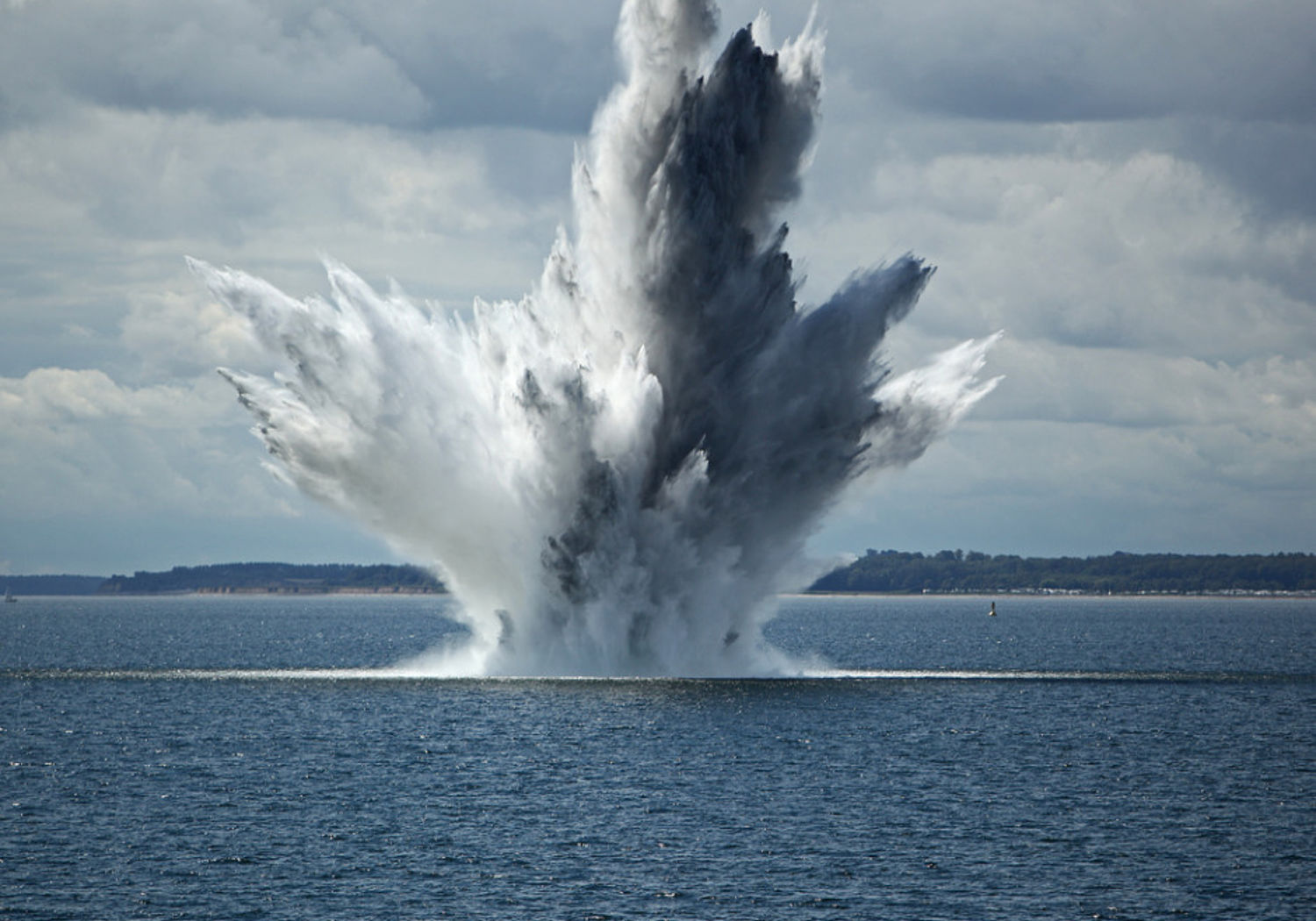Metrology for low-frequency sound and vibration
Using low frequency environmental sound and vibration to detect natural disasters and nuclear explosions

Low frequency Acoustics, Underwater acoustics and Vibration (AUV) phenomena in air, water and ground are used to detect major natural events such as earthquakes, tsunamis and volcanic activity. Low frequency AUV is also used by the International Monitoring System (IMS) to check compliance with the provisional Comprehensive Nuclear-Test-Ban Treaty. However, the majority of the frequency range used for this kind of sound and vibration monitoring are not covered by current measurement standards, limiting the reliability of data obtained. Monitoring stations are also often located in extreme environments posing additional challenges for assuring the accuracy of the sensors.
The project has developed new primary calibration methods for airborne and underwater acoustic, and vibration sensing systems down to frequencies below 0.1 Hz. Secondary calibration methods for working standards were also developed to enable traceability and reliability of sensors deployed in live environmental monitoring networks. Following the end of the project in 2023 these are expected to be incorporated in new international standards and aid more accurate and traceable measurements for both natural and man-made environmental events.
More information on this can be found on the projects website.
The Journal of the Acoustical Society of America
Acta Acustica
Journal of Low Frequency Noise, Vibration and Active Control
Metrologia
Earth and Space Science
Surveys in Geophysics
Metrologia
Measurement: Sensors
6th Underwater Acoustics Conference and Exhibition
Measurement: Sensors
PTB Open Access Repository
Open Access Repository PTB
PTB Open Access Repository
PTB Open Access Repository
Participating EURAMET NMIs and DIs
DFM (Denmark)
HBK-DPLA (Denmark)
LNE (France)
LNE-LCM/CNAM (France)
NPL (United Kingdom)
PTB (Germany)
UME (Türkiye)
Other Participants
Acoustic Sensor Networks Limited (United Kingdom)
Bundesanstalt für Geowissenschaften und Rohstoffe (Germany)
Commissariat à l'énergie atomique et aux énergies alternatives (France)
Information
